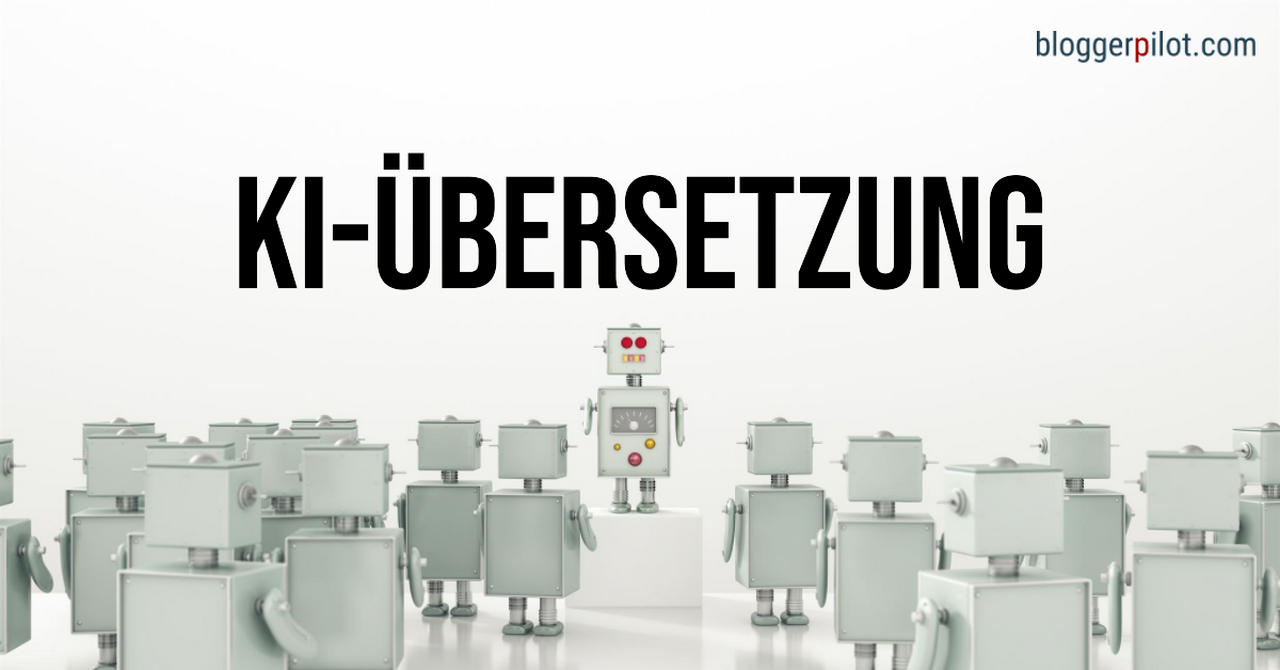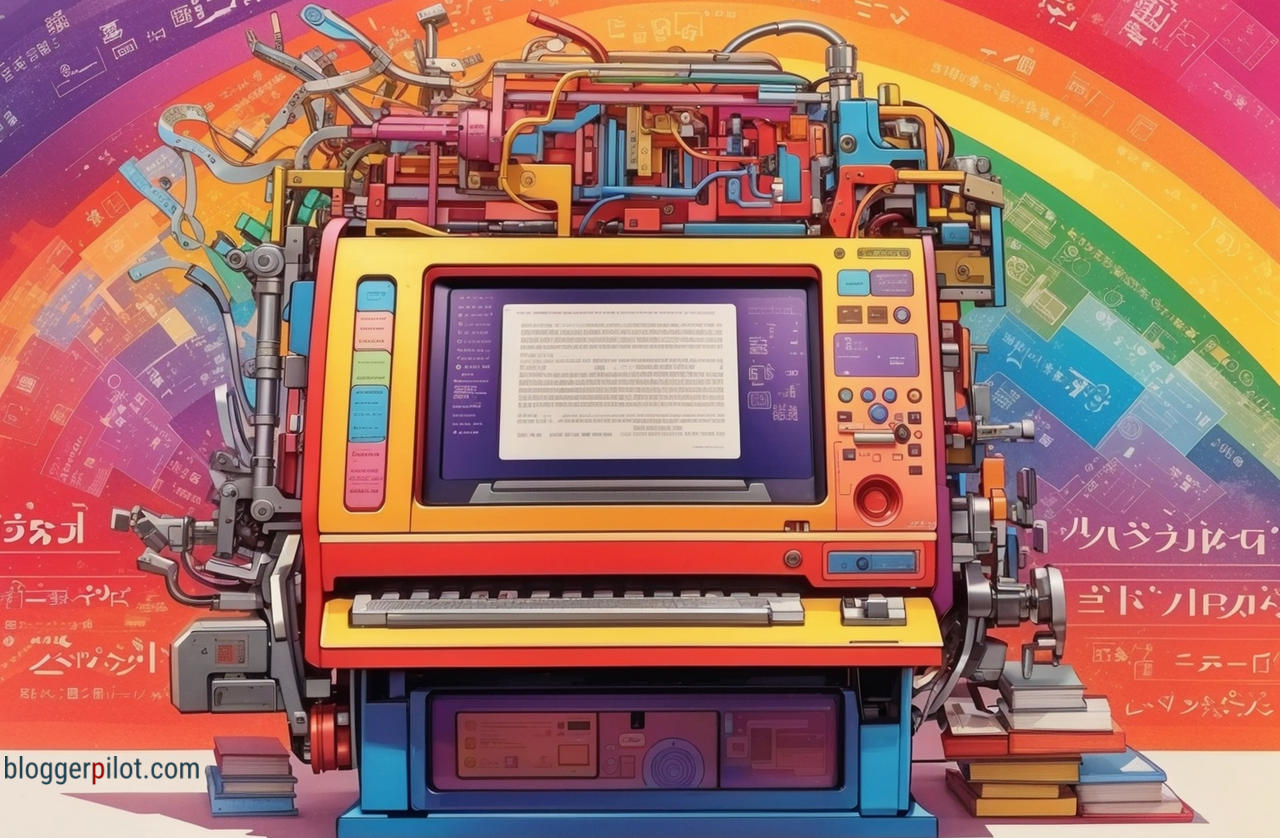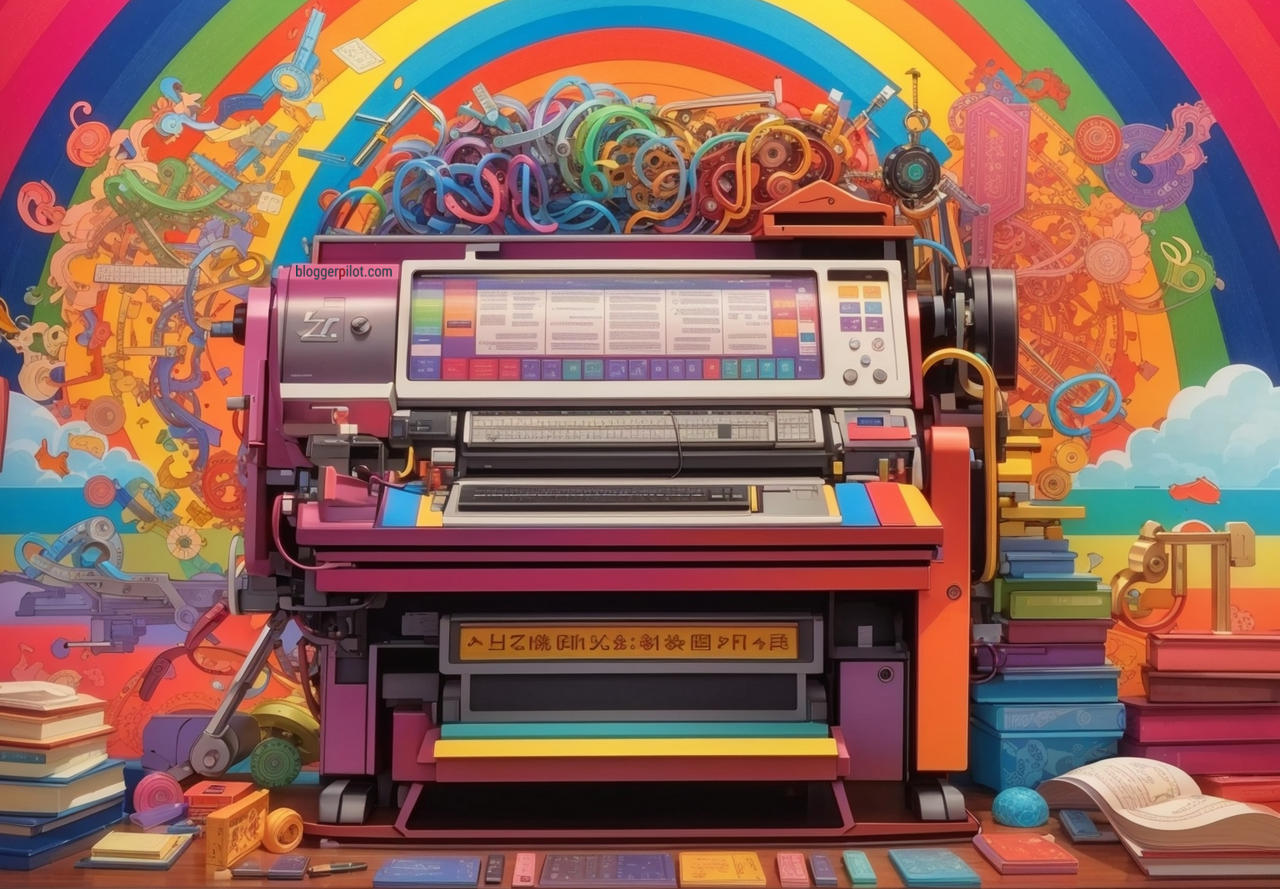ChatGPT, DeepL & Co. - Are professional translators out of date?
In a globalized world where communication across national borders is commonplace, translations play a crucial role. In the past, professional translators were indispensable to overcome language barriers. Today, however, technologies such as ChatGPT and DeepL have revolutionized the translation landscape. But it begs the question: have professional translations really had their day? Artificial intelligence (AI) is fast, can access huge amounts of data and never tires. Actually, the best prerequisites for a successful translation. Or is there a catch?
First, a summary of the most important data:
| Data | Information |
|---|---|
| What is AI translation? | AI translation is the application of artificial intelligence (AI) to the process of translating texts or languages. |
| How does AI translation work? | AI translation is based on the use of neural networks and machine learning to analyze language patterns and generate translations. |
| Advantages and disadvantages of AI translation | Advantages: speed, scalability, cost efficiency. Disadvantages: Context understanding, cultural nuances, error-proneness. |
| Application areas of AI translation | Business communication, website translation, voice assistants, automated translation processes. |
| Challenges of AI translation | Idioms, cultural differences, technical language, ambiguities, semantic nuances. |
| Future of AI translation | Advances in machine learning, contextual translation, improved language generation technologies. |
| Ethical aspects of AI translation | Privacy, confidentiality, human review, ethical standards in automated translation. |
What can AI translation actually do? And what can’t it?

AI translations can be an efficient and cost-effective solution in numerous instances, especially when processing large volumes of text. They make it possible to translate texts in the shortest possible time and offer fast content indexing of texts through the use of AI algorithms. The speed of AI translations is particularly useful in situations where time is of the essence, such as translating emails, instant messages, or short snippets of text.
However, it is important to consider the use of AI translation with caution, especially for texts with high-quality requirements. Cultural terms and linguistic peculiarities are often not adequately captured by AI systems. Although machine translation tools have made significant progress, there are still limitations to their accuracy and quality. Language nuances, cultural contexts, and complex technical terminology pose challenges for AI systems.
Machines have difficulty picking up subtle differences in meaning or adequately conveying the tone and style of a text. This can lead to incorrect translations that are inaccurate or misleading. In addition, AI translations cannot bring human creativity and cultural understanding to their translations.
In fields such as marketing or copywriting, where value and stylistic finesse are of great importance, human translation remains indispensable.
Professional translators can understand the subtleties of a language and take them adequately into account. They can accurately translate complex texts and ensure that the meaning and cultural context of the original text are preserved. Stylistic nuances are captured, and the text is adapted to the target audience. For businesses, the support of language experts is essential, as language and the tone of voice are an important part of the brand image, influence the buying behavior of the clientele, and require precise and consistent communication.
Learn how to create the perfect prompt.
How AI Translation Works

AI translation is based on complex machine learning and artificial intelligence technologies that allow texts or languages to be translated automatically. Below is a more detailed explanation of how AI translation works:
- Neural networks: AI translation systems often use so-called neural networks. These networks are deep learning models that are trained on large amounts of language data. Through training, the networks become capable of recognizing complex patterns and relationships in the language data.
- Language modeling: to generate translations, neural networks use language models that understand the context and grammar of a language. The models learn how words and phrases in the source language correlate with corresponding expressions in the target language.
- Machine learning: during training, neural networks are fed large amounts of parallel texts available in both languages. The network analyzes these texts, recognizes patterns, and learns how words and phrases are translated.
- Inference: After training, the neural network can be used for the inference phase. This involves inputting a new phrase or text into the AI translation software, which then generates a translation. In doing so, the neural network uses its learned knowledge about the relationship between languages to generate the best possible translation.
It is important to note that AI translation systems rely on large amounts of training data to achieve high accuracy. In addition, they can benefit from human corrections and validations to further improve the quality of translations.
The operation of AI translation is a fascinating example of how machine learning and artificial intelligence enable human-like capabilities in language processing. Nevertheless, these systems also have their limitations and still face challenges when dealing with complex linguistic nuances and contextual translations.
Challenges and limitations of AI translation
Although AI translation uses advanced technologies to generate automatic translations, there are still some challenges and limitations that these systems face. Some important aspects are highlighted below:
- Idioms and cultural differences: Idioms and idioms are linguistic constructions whose meaning cannot be translated literally. AI translation systems have difficulty capturing and correctly translating these linguistic nuances. In addition, cultural differences can lead to misunderstandings, as certain expressions may have different meanings in different cultures.
- Technical language and specialties: AI translation systems may have difficulty correctly translating specific specialized terminology or technical expressions. Translating content from specialized fields such as medicine, law, or engineering often requires a profound understanding of the specialized language, which cannot always be fully captured by AI systems.
- Ambiguities and semantic nuances: language is typically ambiguous and can have different meanings depending on the context. AI translation systems have difficulty accurately capturing and correctly rendering semantic nuances and contextual meanings. This can result in translations that do not convey the intended meaning of the source text.
- Quality assurance and human review: although AI translation systems can generate automatic translations, human review is regularly required to ensure translation quality and accuracy. Human proofreading and validation are important to identify and correct errors, as well as to account for linguistic style and cultural sensitivity.
- Limited access to high-quality training data: The quality of training data has a direct impact on the performance of AI translation systems. Accessing large amounts of high-quality parallel text in different languages can be challenging. Otherwise, rare languages or specific domains may not have sufficient training data, which can lead to limitations in translation quality.
Despite these challenges and limitations, AI translation has made significant progress, enabling efficient and scalable translation. Continued development of AI technologies and integration of human review can further improve results.
If you need additional information on the challenges and limitations of AI translation or would like to explore specific aspects in more depth, I would be happy to help.
Future prospects of AI translation
The future of AI translation continues to promise exciting developments and innovations. As machine learning and language processing technologies continue to advance, more powerful AI translation systems are being developed. Here are some key future prospects:
- Advances in machine learning: with continued progress in machine learning, AI translation systems are getting better at recognizing language patterns and understanding complex relationships. This is leading to improved accuracy and quality of automatic translations.
- Contextual translation: future AI translation systems will increasingly be able to take context into account and adapt the translation to the specific situation. This will enable more accurate translation that is better suited to the target audience, taking cultural nuances and linguistic subtleties into account.
- Improved language generation technologies: The advancement of language generation technologies enables AI translation systems to make translations sound more natural and fluent. This helps improve the readability and acceptability of automated translations.
- Specific domains and technical languages: Future AI translation systems will be better able to accurately translate specific technical terminology and domain-specific expressions. Access to extensive specialized datasets and the integration of expert knowledge will further improve translations in specialized fields such as medicine, law, or engineering.
- Integration with other technologies: AI translation is increasingly integrated with other technologies, such as voice assistants or real-time communication tools. This enables seamless and instant translation in different contexts and opens up new opportunities for global communication and collaboration.
It is important to note that despite these promising future prospects, the human component is still of great importance. Combining AI translation with human review and correction will continue to play an significant role in ensuring high quality and accuracy of translations.
Case studies and success stories
Case studies and success stories offer insights into real-world applications and the effectiveness of AI translation. Here are some inspiring examples:
- Airbnb: Airbnb uses AI translation to facilitate communication between hosts and guests. By automatically translating messages in real time, it can overcome language barriers and ensure smooth communication between people of different languages and cultures.
- Google Translate: Google Translate is one of the most well-known examples of AI translation. It enables millions of people around the world to translate texts and even entire websites into different languages. The continuous improvement of AI technology has led to significant advances in accuracy and usability. Meanwhile, however, younger technologies have already overtaken the giant.
- DeepL: DeepL is an online translation service based on AI technology. It has earned a reputation for high-quality translations and is used by professional translators and businesses worldwide. Its high accuracy and ability to handle complex texts have led to positive reviews and success stories. I love DeepL :)
- Reverso: Reverso is a machine translation platform that uses AI technology. It allows users to translate texts, documents, and web pages into different languages. Reverso stands out for its accurate translations and simple user interface, and is appreciated by a large user base worldwide.
- Jasper: Jasper is a comprehensive tool for text generation. Translations are also no problem for the all-rounder.
- Neuroflash: The most popular AI writer from Germany is neuroflash. If you haven’t used the tool yet, you should definitely check it out.
These case studies and success stories demonstrate the many uses of AI translation and how it has improved the way people communicate with each other. The integration of AI translation technologies has led to efficiency gains, improved global collaboration, and stronger connections between different cultures and languages.
If you would like more information on case studies and success stories in the field of AI translation, or would like specific examples, I would be happy to help.
Combining the best of both worlds

The future lies in even closer collaboration between humans and machines. Already, AI tools have revolutionized the way translation agencies work: Machine translation often forms an initial starting point, and professional translators revise and refine texts afterward to ensure the highest quality (so-called post-editing). As with many other topics, current AI tools are largely supporting human professionals by making work processes faster, more efficient, and ultimately more cost-effective for the end consumer.
Such is the case in the translation industry.
When is AI translation sufficient?
I think ultimately it’s always a cost-benefit calculation.
If the budget is limited and the text to be translated is not business-critical, artificial intelligence translation can be a good choice.
However, reading over it at least once and correcting individual text passages should always be in the cards!
Conclusion
AI translation is an impressive technology that enables automated and efficient translations. Thanks to artificial intelligence and machine learning, it has revolutionized the way we understand and communicate.
AI translation shows strengths in translating texts quickly and at scale, achieving remarkable accuracy. Still, there are challenges such as idioms, cultural nuances, and technical language that require human intervention. The quality of the training data also plays an important role.
To fully realize the potential of AI translation, close collaboration between humans and machines is required.
However, the human component remains essential to capture the subtleties of language and ensure translation quality.

